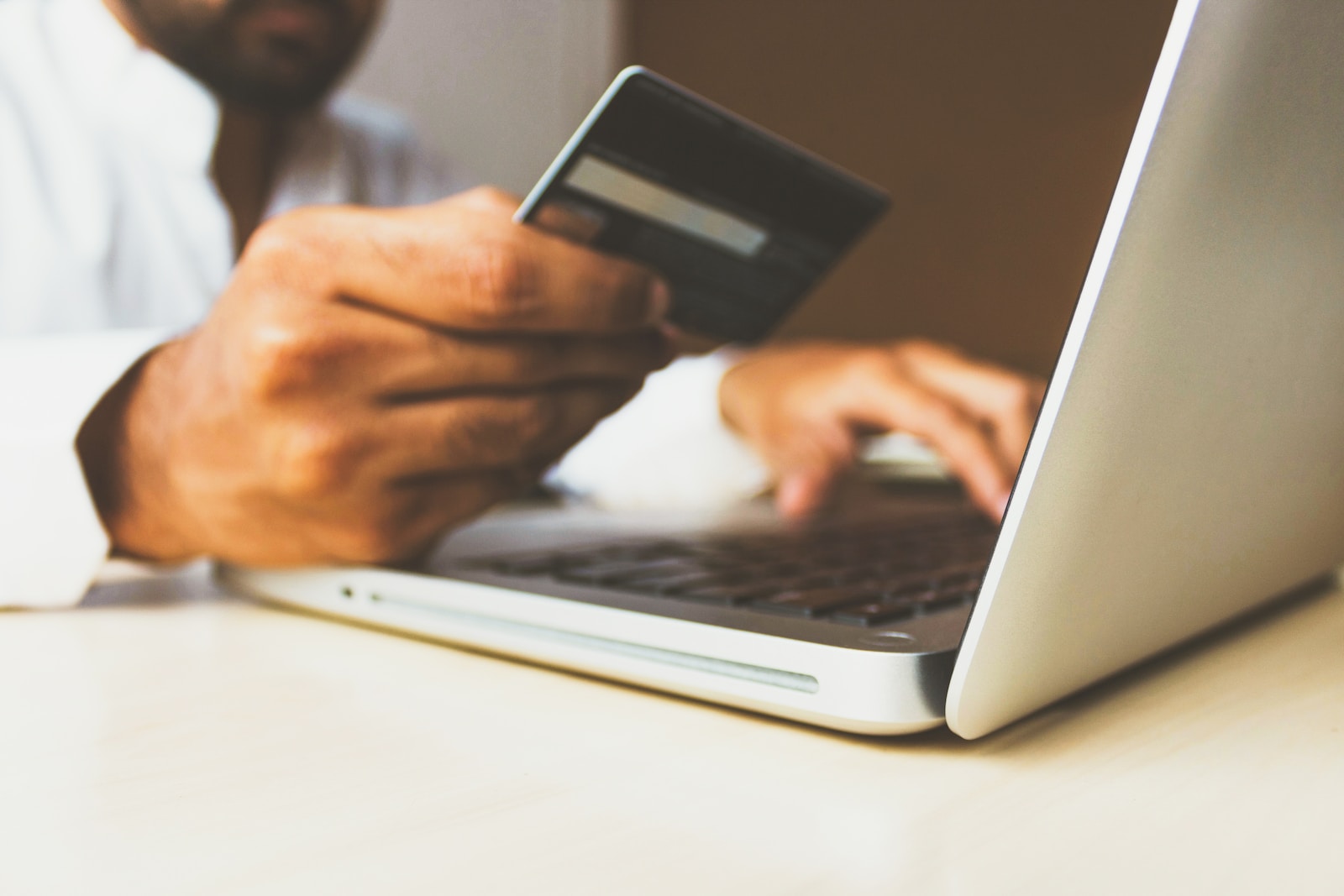In today’s world, many individuals find themselves burdened with debt, a situation that can take a significant toll on their financial well-being and overall quality of life. Fortunately, there are effective ways to escape the cycle of debt and regain control of your financial future. This article will provide valuable insights into how to get out of debt while also examining the pros and cons of bad credit loans.
Understanding the Debt Challenge
Before delving into strategies for debt relief, it’s essential to recognize the extent of the issue. Debt can take various forms, including credit card debt, student loans, medical bills, and personal loans. High-interest rates, late fees, and penalties can quickly escalate the problem, making it challenging to stay afloat. However, taking proactive steps can help individuals take charge of their financial destiny.
Creating a Debt Repayment Plan
The first and most crucial step in getting out of debt is to create a realistic and actionable debt repayment plan. Here’s a 3-step process of getting a loan with bad credit to help you get started:
- Assess Your Debt: Begin by compiling a list of all your outstanding debts, including the total amount owed, the interest rates, and the minimum monthly payments. This step will give you a clear overview of your financial situation.
- Set a Budget: Establish a budget that outlines your monthly income and expenses. Prioritize essential expenses such as housing, utilities, groceries, and transportation. Allocate any remaining funds to debt repayment.
- Prioritize and Attack: Determine a debt payoff strategy that suits your financial situation. Two common approaches are the debt snowball and the debt avalanche methods. The debt snowball involves paying off the smallest debts first, while the debt avalanche focuses on tackling high-interest debts first. Choose the method that aligns best with your goals and discipline.
Pros and Cons of Bad Credit Loans
While creating a debt repayment plan is a fundamental strategy, some individuals may find themselves in situations where they need additional financial assistance, even with bad credit. This is where bad credit loans come into play. Here are the pros and cons of these loans:
Pros:
- Accessibility: Bad credit loans are more accessible to individuals with poor credit histories, providing a lifeline for those in need of immediate funds.
- Quick Approval: These loans often come with a streamlined approval process, making them a suitable option for urgent financial needs.
- Potential for Credit Improvement: Timely repayment of a bad credit loan can contribute to improving your credit score over time, opening up opportunities for better financial products in the future.
Cons:
- Higher Interest Rates: Bad credit loans typically come with higher interest rates compared to traditional loans, potentially increasing the overall cost of borrowing.
- Limited Loan Amounts: Lenders may offer smaller loan amounts for individuals with bad credit, which may not be sufficient to address significant financial crises.
- Risk of Debt Spiral: Taking on additional debt, even with bad credit, can be risky. It’s crucial to assess whether the loan will genuinely help your financial situation or exacerbate your debt problems.
Conclusion
escaping the clutches of debt is a challenging but achievable goal. Creating a debt repayment plan is the foundation of your journey to financial freedom, helping you regain control of your finances. While bad credit loans can be a valuable resource in times of need, they come with their own set of pros and cons that should be carefully considered. Ultimately, the key to success lies in discipline, budgeting, and a commitment to breaking free from the cycle of debt, enabling you to build a more stable and prosperous financial future.







